The Empowering Elder Justice Training aims to educate healthcare providers (HCP) on the definition of elder justice. By ensuring healthcare providers are educated on the subject, healthcare facilities can guarantee a safe and respectful environment that promotes elder justice. This course offers valuable insight and practical strategies aimed towards achieving the most considerate and compassionate care regarding the empowerment of elder justice.
What You Will Learn:
- Different types of elder abuse
- Key laws related to elder justice
- Risk factors that may increase the likelihood of elder abuse
- Procedures for reporting suspected elder abuse
- Effective intervention strategies to address elder abuse
- The importance of respecting the rights of older adults
- Practices that foster respect
- Preventive measures to reduce the risk of elder abuse
Details:
Course length: 1 hour; CME: 1
Languages: American English
Key features: Audio narration, learning activity, and post-assessment.
American Medical Compliance is accredited by the Accreditation Council for Continuing Medical Education (ACCME) to provide continuing medical education to physicians. Our Continuing Medical Education (CME) program is committed to enhancing the knowledge, skills, and professional performance of healthcare providers to improve patient care outcomes. Through high-quality educational activities, we aim to address the identified educational gaps and to support the continuous professional development of our medical community. American Medical Compliance designates this activity for a maximum of 1 AMA PRA Category 1 Credits. Physicians should only claim this credit for their complete participation in this activity.
Get Certified
American Medical Compliance (AMC) is a leader in the industry for compliance, Billing, and HR solutions. To become certified, please visit us at: American Medical Compliance (AMC).
Reach out for other courses by visiting the AMC Course Library.
Forms of Elder Abuse
Elder abuse takes various forms. Physical abuse involves intentionally inflicting pain or injury through hitting, slapping, or other physical force. Emotional abuse includes verbal assaults, threats, and intimidation, causing psychological harm. Additionally, financial abuse occurs when someone illegally or improperly uses an elder’s funds or assets. Neglect, another form, happens when caregivers fail to provide necessary care, leading to harm or distress. By understanding these different types, healthcare providers can better protect and support vulnerable elders.
Laws Regarding Elder Justice
Key laws related to elder justice provide crucial protection for seniors. The Elder Justice Act of 2010 established a framework to combat elder abuse, neglect, and exploitation by funding prevention programs and supporting adult protective services. Additionally, the Older Americans Act promotes the well-being of older individuals through services like nutrition programs, caregiver support, and legal assistance. State-specific Adult Protective Services laws mandate the reporting and investigation of elder abuse cases. Furthermore, the Nursing Home Reform Act sets standards for quality care in nursing homes, safeguarding residents’ rights. Together, these laws strengthen protections and promote justice for the elderly.
Factors That May Increase the Risk of Elder Abuse
Several risk factors can increase the likelihood of elder abuse. First, social isolation makes elders more vulnerable as they lack support networks to notice and report abuse. Second, cognitive impairments, such as dementia, can prevent elders from understanding or communicating their mistreatment. Next, dependency on caregivers for basic needs can create power imbalances that lead to abuse. Finally, financial dependence, particularly in strained economic situations, also heightens the risk.
Reporting Elder Abuse
Reporting suspected elder abuse involves clear procedures to ensure swift action. Observe and document any signs of abuse, such as unexplained injuries or changes in behavior. Contact local Adult Protective Services (APS) or the appropriate state agency to file a report. Additionally, you can notify law enforcement if the elder is in immediate danger. Provide detailed information about the situation and any evidence collected.
Measures to Reduce the Risk of Elder Abuse
Preventive measures can significantly reduce the risk of elder abuse. Increasing public awareness through education programs helps people recognize and report abuse. Fostering strong social support networks for elders minimizes isolation and vulnerability. Additionally, providing caregivers with adequate training and resources ensures they can offer proper care without stress. Regularly monitoring and visiting elders, particularly those in assisted living facilities, helps identify and address potential abuse early. Furthermore, implementing and enforcing policies and regulations in healthcare environments increases protection.



